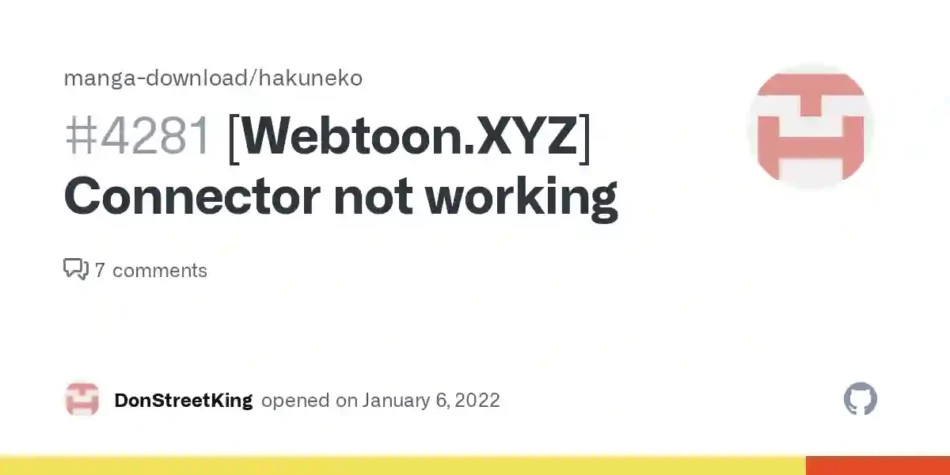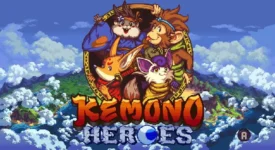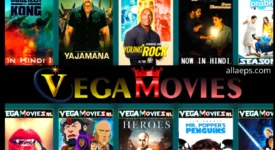Webtoon XYZ, the digital platform that has taken the comics world by storm, offers creators a unique canvas to tell their stories. Behind the captivating narratives and eye-catching visuals lies a well-structured production pipeline that brings these webcomics to life. In this article, we’ll explore the journey of a Webtoon XYZ episode, from the initial script to the final scrollable masterpiece, shedding light on the key stages of the production pipeline.
1. The Scripting Stage
The journey begins with the script. Creators start by crafting a script that outlines the dialogue, narration, and panel descriptions for each episode. The script serves as the blueprint for the entire episode, guiding the artist in visualizing the story.
Key Considerations:
- Dialogue: Write engaging dialogue that conveys character personalities, motivations, and emotions. Dialogue should move the plot forward and reveal important information.
- Panel Descriptions: Describe the visuals of each panel, including character poses, backgrounds, and any special effects. Clear panel descriptions help the artist understand the creator’s vision.
- Narration: Use narration sparingly to provide context, insights, or set the tone. It can be a powerful storytelling tool when used effectively.
2. Character Design and Concept Art
Before diving into full episode production, creators often spend time developing character designs and concept art. This stage is crucial for establishing the look and feel of the webcomic.
Key Considerations:
- Character Consistency: Ensure that character designs remain consistent throughout the series. Character sheets with various expressions and poses can aid artists in maintaining consistency.
- World-Building: Consider the visual elements of the story’s world, including settings, technology, and any unique elements that make the world distinct.
3. Storyboarding
Storyboarding is where the script begins to take visual form. Creators break down the script into individual panels, arranging them in the intended order of appearance.
Key Considerations:
- Panel Composition: Pay attention to the composition of each panel. Consider the framing, angles, and pacing to convey the desired emotions and storytelling flow.
- Panel Transitions: Plan how one panel leads to the next. Transitions can be used to create suspense, highlight key moments, or establish a rhythm in the storytelling.
4. Artwork and Illustration
This stage brings the script and storyboard to life through artwork and illustration. Artists use digital drawing software and graphic tablets to create the visuals for each panel.
Key Considerations:
- Character Emotion: Capture character emotions through facial expressions, body language, and gestures. Emotive artwork enhances reader engagement.
- Backgrounds: Design detailed backgrounds that complement the story’s setting and add depth to the visuals.
- Color Palette: Select a color palette that suits the story’s tone and mood. Consistent color choices contribute to the comic’s visual identity.
5. Lettering and Ballooning
After the artwork is complete, creators add lettering and ballooning to the panels. Lettering includes the dialogue, narration, and any sound effects, while ballooning refers to the placement of speech bubbles and captions.
Key Considerations:
- Legibility: Ensure that text is legible on all devices and screen sizes. Font size, style, and placement play a crucial role in readability.
- Balloon Placement: Position speech balloons and captions in a way that guides readers through the dialogue in the intended order.
6. Image Slicing and Formatting
Once the episode is fully illustrated and lettered, it needs to be prepared for the Webtoon XYZ platform. Creators slice the images into vertical sections that fit the scrolling format.
Key Considerations:
- Image Resolution: Maintain the recommended image resolution for Webtoon XYZ to ensure visual clarity and readability.
- Slicing Consistency: Maintain consistency in slicing to create a seamless scrolling experience. Each section should flow naturally into the next.
7. Uploading and Publishing
With the episode fully prepared, creators upload it to the Webtoon XYZ platform using the provided tools. The platform offers features for organizing and scheduling episodes for publication.
Key Considerations:
- Scheduling: Creators can schedule episodes to be published at specific times and dates. Consistent scheduling helps build anticipation among readers.
- Cover Art: Design eye-catching cover art for each episode to attract readers and convey the episode’s theme or mood.
8. Reader Engagement and Interaction
The production pipeline doesn’t end with publication. Engaging with the audience is an ongoing process. Creators interact with readers through comments, social media, and community forums to build a fanbase and gather feedback.
Key Considerations:
- Feedback Incorporation: Listen to reader feedback and incorporate constructive suggestions into future episodes to improve the overall quality of the series.
- Community Building: Engage with the Webtoon XYZ community by participating in forums, contests, and events. Building a community of loyal readers can boost a series’ visibility.
9. Iteration and Continuous Improvement
Webtoon XYZ creators often work on long-running series, and the production pipeline is a continuous cycle of creation and improvement. Creators should be open to iteration and learning from each episode to enhance the overall quality of their work.
Key Considerations:
- Analyzing Performance: Monitor the performance of each episode, including views, likes, and comments. Analyze what works and what can be improved.
- Evolution of Style: As creators gain experience, their artistic style may evolve. Embrace this evolution and let it shape the series for the better.
Conclusion
The Webtoon XYZ production pipeline is a complex and creative journey that transforms scripts into scrollable webcomics. Each stage of production, from scripting and storyboarding to illustration and publication, is crucial in crafting engaging and captivating webcomic series. With continuous improvement, interaction with readers, and a commitment to storytelling, creators can create digital masterpieces that resonate with audiences around the world, one scroll at a time.








